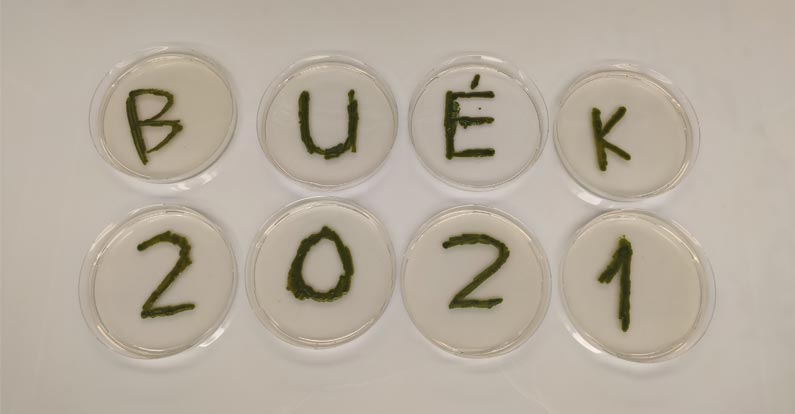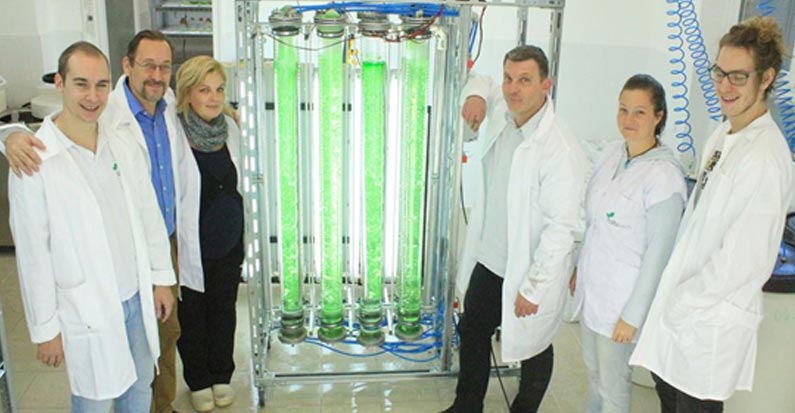It is long known that algal cells accumulate polyunsaturated essential omega-3 fatty acids as metabolits – having valuable properties like reducing blood cholesterol levels and the risk of arteriosclerosis.
Blue and green algae produce mainly C16-C18 unsaturated fatty acids, while in brown-, red and yellow-green algae and diatoms, the presence of C18-C22 unsaturated fatty acids is more frequent, in the form of mono-, di- and triglycerids.
Saltwater algae produce unsaturated fatty acids in a high amount. Bangia, Cladophora and Diatoma species isolated from algal coatings of rivers and lakes in Hungary were found to be producing EPA in concentrations approaching the capacity of saltwater species. In low environmental temperatures, higher EPA and DHA concentrations are found in algae, which makes early spring the ideal time of collection.
The possibility of contamination limits their use in human health prevention, which necessitates controlled culturing in industrial scale, the technology we aimed to develop.





